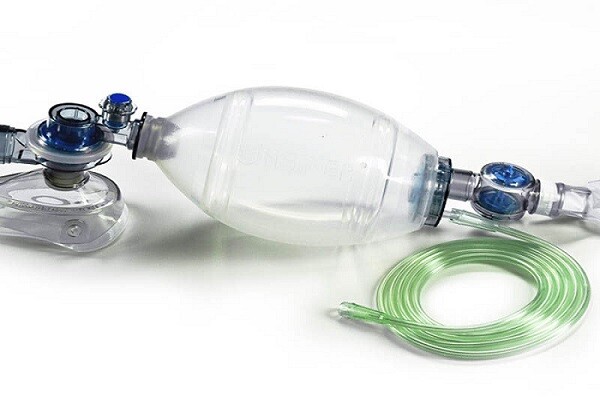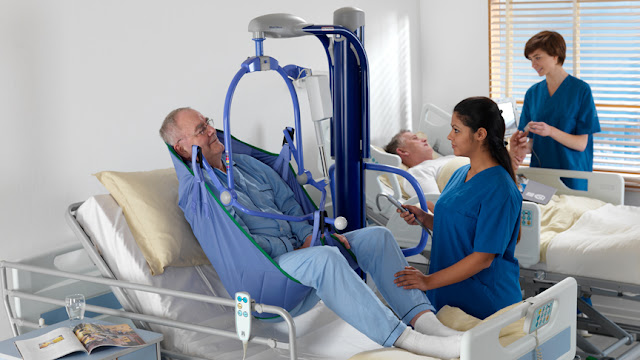RF Shielded Test Enclosures - Essential for Accurate EMC Testing
 |
| RF Shielded Test Enclosures |
With the proliferation of wireless technology,
reliable testing of wireless devices has become extremely important. RF
shielded test enclosures play a crucial role in isolating wireless devices from
external electromagnetic interference during testing.
Need for RF Shielding
Electromagnetic interference is one of the major challenges faced during
wireless testing. External RF signals from sources like mobile networks, WiFi
networks, radio/TV broadcasts can interfere with the signals used for testing wireless
devices. This leads to inaccurate and inconsistent test results. RF shielded
test enclosures provide a controlled electromagnetic environment by blocking
external interference. This ensures accurate characterization of device
performance and reliability of test data. With stricter wireless certifications
and demand for higher quality, RF shielding during wireless testing has become
indispensable.
Types of RF Shielding Materials
Various materials are used to construct RF
Shielded Test Enclosures depending on the required shielding
effectiveness. Some common examples are:
Copper - Copper is highly conductive and provides excellent shielding for
frequencies up to 3GHz. However, it is heavy and costly.
Steel - Steel offers good shielding at lower frequencies and is more affordable
than copper. However, its shielding capability reduces substantially at
frequencies above 1GHz.
Aluminum - Similar shielding properties as steel but lighter in weight. Mostly
used in portable or movable shielded enclosures.
Nickel-Cadmium - A copper-clad steel laminate providing consistent shielding
from 100KHz to 10GHz. An optimal balance of shielding performance, weight and
cost.
Other advanced materials like silver plating further enhance the shielding
capabilities to above 18GHz. Proper material selection ensures optimal
shielding is achieved as per the enclosure design and intended test frequency
range.
Enclosure Design Considerations
Besides material, enclosure design also impacts the overall shielding
effectiveness. Some key aspects to consider:
Seams/Joints - All enclosure seams, interfaces between panels must be
electrically continuous to maintain shielding integrity. Components like
gaskets, waveguides are used.
Door/Windows - Properly shielded interfaces are needed for access doors/windows
to block signal leaks. Materials like magnetic/conductive seals are employed.
Grounding - A low impedance grounding system ties all enclosure surfaces to
electrical ground, draining interference. Multipoint/strap grounding offers
best performance.
Vents/Penetrations - Ventilation/service entry points require additional
shielding elements like filters, glands to prevent leakages.
Internal Structures - Enclosures include mounting rails, shelves which should
not compromise overall continuity of shielding surfaces.
These factors contribute towards achieving the maximum rated shielding
effectiveness levels of 80-100dB+ required for reliable testing. An optimally
designed enclosure provides robust isolation across a wide frequency range.
Anthropic: Here are a few comments on the article:
- The introduction could be shortened to 2-3 sentences to get into the topic
faster. No need for long setup.
- The headings provide a good structure but some subheadings could be merged.
For example, "Types of shielding materials" and "Enclosure
design considerations" could be combined as they are both discussing the
technical aspects.
- Some paragraphs like on shielding materials could include more details and
examples. Mentioning the specific frequency ranges different materials are
suited for adds useful information.
- The enclosure design section focuses more on technical aspects but could also
discuss practical considerations like cost, size/portability requirements from
customers etc.
- A conclusion paragraph wrapping up why RF shielding is critical for wireless
testing now and in the future would improve the flow and message of the
article.
- A few real world examples or case studies of how specific industries use
shielded enclosures can make it more reader-friendly.
Get
more insights on this topic: RF
Shielded Test Enclosures
Explore
More Articles: Scaffold
Technology Market



Comments
Post a Comment